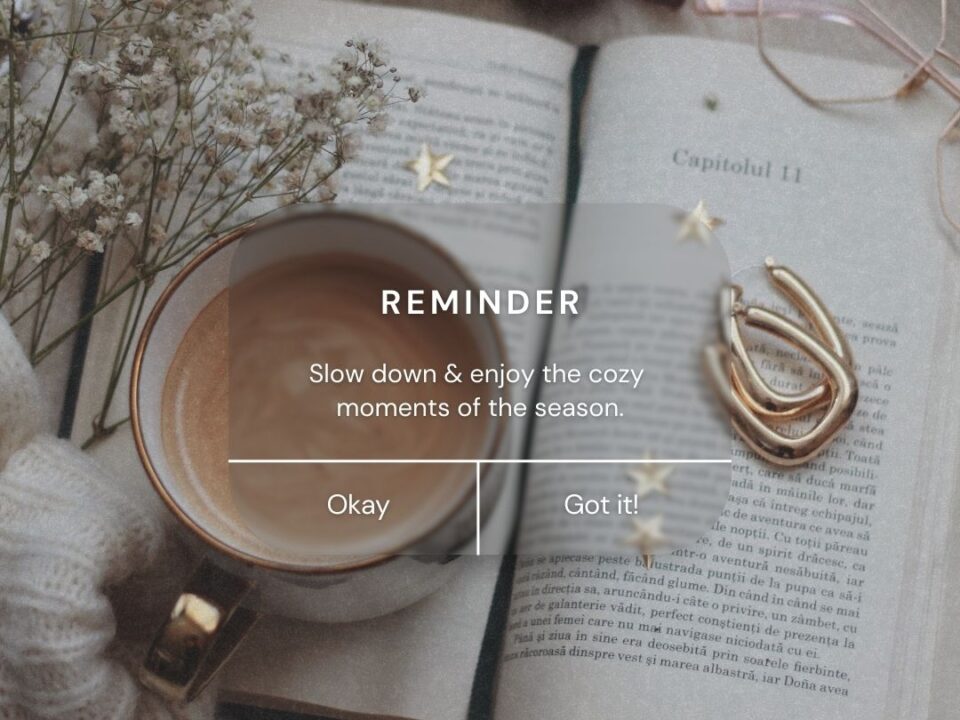
Two hands holding a sand heart
Written by Susan Merli
This post was inspired by my training in couples and family therapy. Looking at the various therapeutic modalities and interventions, I discovered a few key themes that I thought would be helpful to share. These include the work of Dr. John Gottman and Dr. Sue Johnson.
You may be wondering if there are specific steps to ensure an emotionally healthy relationship. The short answer is, yes.
Based on the work of Dr. John Gottman who is the granddaddy of relationship counselling and the author of such best-selling books as The Seven Principles for Making Marriage Work: A Practical Guide from the Country’s Foremost Relationship Expert, and Why Marriages Succeed or Fail: And How You Can Make Yours Last , there is a science behind happy relationships.
According to Dr. Gottman, to have a sound relationship house there needs to be a 5:1 ratio where there are 5 positive signs to every negative sign. Each partner needs to be able to demonstrate physiological calm, trust, and commitment.
Additionally, couples that have a sustainably positive relationship create a culture of appreciation and respect. They build it by creating a love map and consciously scanning their environment to look for things they can appreciate about their partner. They look to catch their partner doing something right.
Success lies in
1) Knowing how to identify your emotional triggers (what your partner does that upsets you)
2) Naming the emotion or emotions that the trigger creates (anger, frustration, fear, disgust, etc.)
3) Connecting the emotion to a deeper sense of longing
4) Matching the longing to a need such as attention, affection, appreciation, or acceptance
5) Using active listening and respectful communication to articulate descriptively and clearly the request that supports having the need fulfilled.
These five steps are integral components to Emotionally Focused Couples Therapy (EFCT) created by Dr. Sue Johnson. I will share more on her work in upcoming posts.
Coincidentally, these steps align beautifully with the work of Dr. Marshall Rosenberg and his book called Nonviolent Communication (I prefer to call it Conscious Communication). I created a worksheet on the key steps to communicate your needs using Dr. Rosenberg’s four step model. You can download it here.
In the worksheet, you’ll note the list of value-laden words versus words that avoid judgement or victimization. If you’re looking for another great book to read, one of my favourites is Don Miguel Ruiz’s The Four Agreements. These four agreements include 1) Be impeccable with your words, 2) Don’t take anything personally, 3) Don’t make assumptions, 4) Always do your best.
Suggested viewing:
The Four Agreements Intro (3:40-minutes)
For a deeper dive into Dr. Gottman’s work in this area, please consider watching his TEDxVeniceBeach video called The Science of Love. (27:44-minutes)
What is a healthy marriage by Dr. Sue Johnson (3:51-minutes)
Building a Love Map with Your Partner
What I hope you’ll take away from this post is the importance of intentionally working together to build a love map. This map is made of roads, paths, and highways called kindness, affection, attention, and acceptance. It is fuelled by active listening, asking open-ended questions, and demonstrating fondness and admiration.
Let’s take a moment to come back to the four basic human needs: 1) attention, 2) affection, 3) appreciation, and 4) acceptance. When you say, “thank you” or “I appreciate you”, you nurture your partner’s basic needs. This reinforces the infrastructure of your love map.
Bids for Affection
Dr. Gottman shares that in tiny moments, your partner may make a bid for your affection. Don’t turn away from them. Turn toward them enthusiastically. If your partner feels a lack of connection, they won’t rebid for your affection. They will seek to feel safe, and as a result, shut you out or become defensive.
This turning toward sounds like “Good point” or “I never thought of that” or “Let me consider that.”
When they do wish to give feedback, partners in loving relationships are “soft at the start up” and enter the conversation with kindness. There is no thin description labelling with insults, accusations, or assumptions. They use “I” statements and take accountability for their actions. They avoid making assumptions.
Move toward compromise and remain calm.
When Conflict Happens
During conflict, couples with healthy marriages work on repairing the relationship by having a recovery conversation. They recognize that everyone messes up, but they can step back, calm down and introduce some humour.
These relationship masters create a shared love map that is built on roads of fondness, admiration, turning toward when a bid for affection is made, and remaining calm and soft when having the recovery conversation.
One final major insight I’d like to share is that conflict in a relationship will exist. In fact, Dr. Gottman writes that 69% of the time the conflict is perpetuated with unresolvable personality issues. Couples in healthy relationships learn to talk about the conflict, compromise, and find ongoing ways of coping.
Avoid Unwelcome Visitors – The Four Horsemen of the Apocalypse
When you work together to design a love map of fondness and admiration, you can avoid a visit from the four horsemen.
Be mapmakers who build a shared dream of love, well lived.
Suggested viewing: The Four Horsemen of the Apocalypse
Sources
Ruiz, D. M. (2001). The four agreements. Amber-Allen Publishing.
Sue Johnson. (n.d.). https://drsuejohnson.com/
The Gottman Institute. (n.d.). https://www.gottman.com/
The Center for Nonviolent Communication. (n.d.) https://www.cnvc.org/



